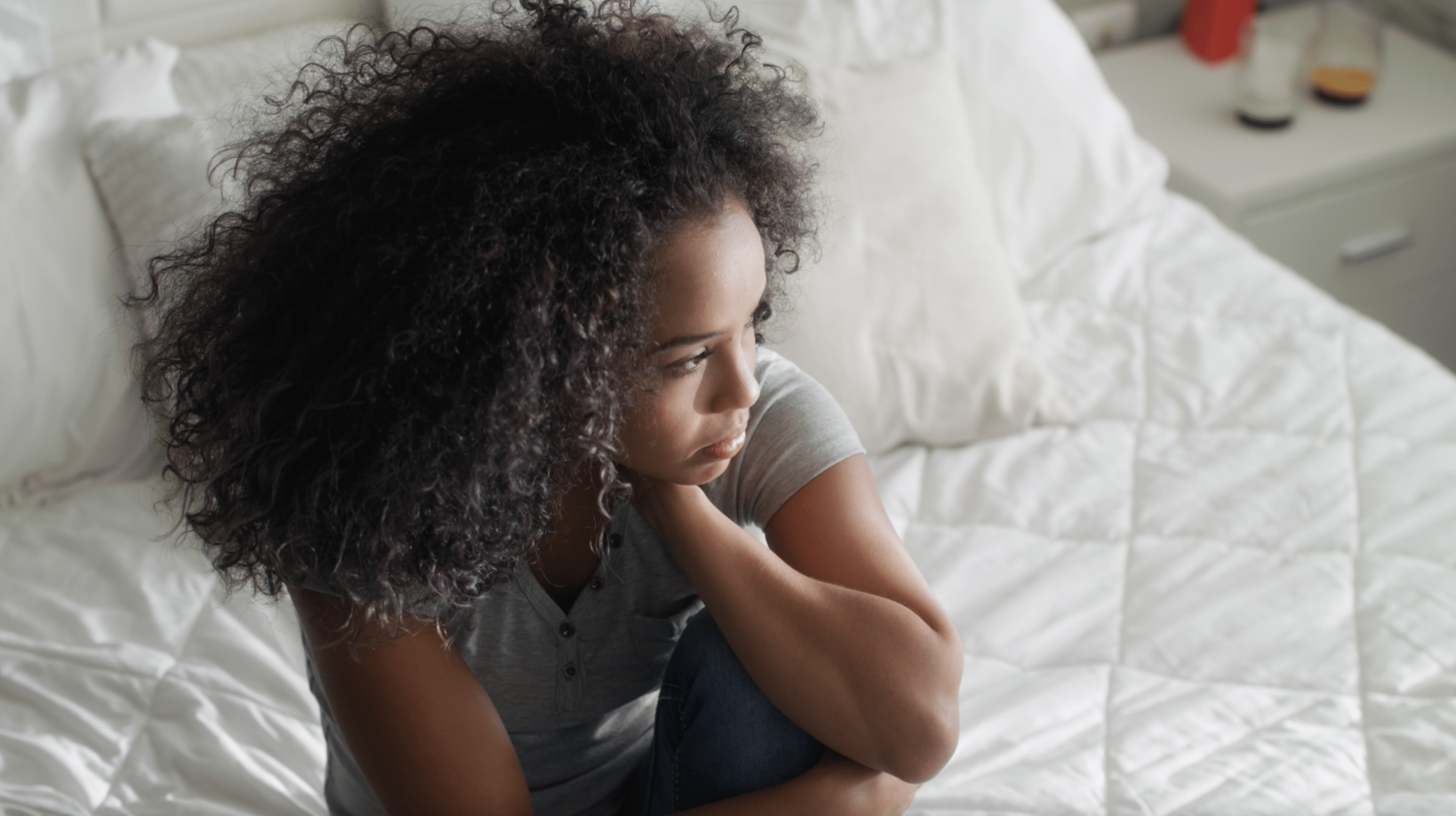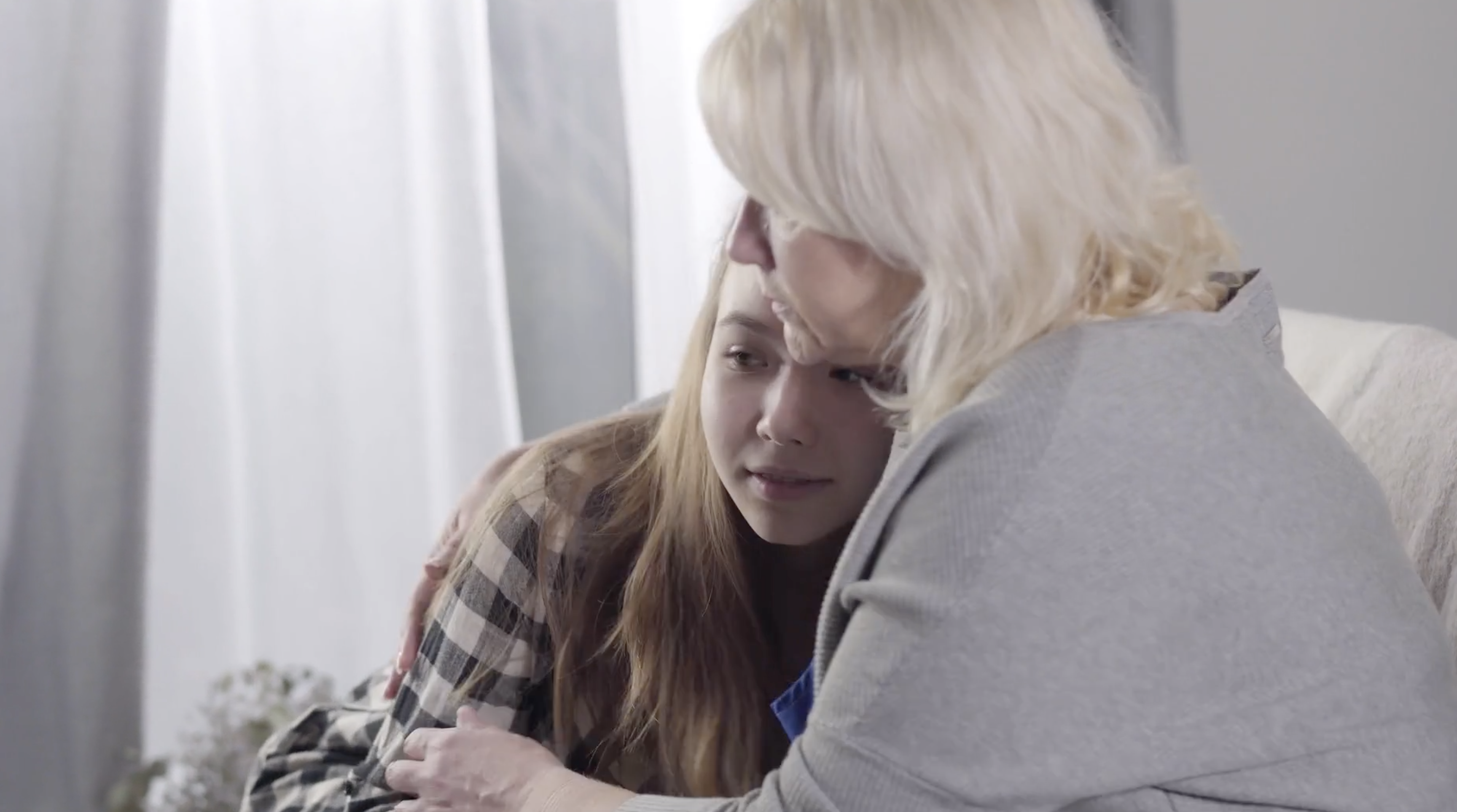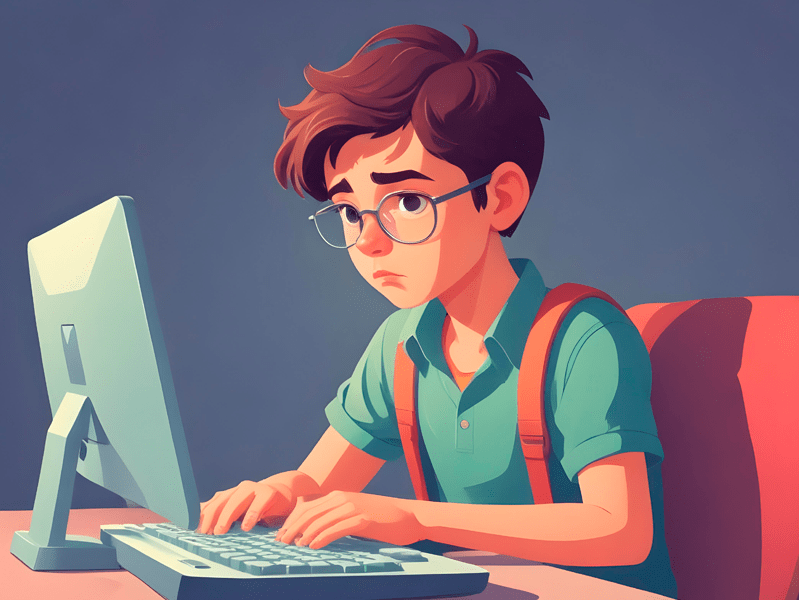Last Updated on 7th March 2022
Over the course of the pandemic, mental health in the UK has worsened by 8.1%, with young people and women most affected as the groups who already had been struggling with mental health issues prior to the outbreak of COVID-19.
We know from emerging research that self-harm referrals and presentations at A&E departments temporarily dropped (by around 40%) during lockdowns before returning to typical levels. This may have been due to increased anxiety about using hospital services and reduced clinical contact. However, a UCL COVID-19 Social Study found that the rates of self-harm have remained consistent since the first UK lockdown, with up to 4% of people indicating that they had self-harmed in the previous week. It’s important to note that not all those who self-harm will report it, therefore these statistics are likely to be higher in actuality.

As of January 2022, there are an estimated 57.60 million social media users in the UK. This is an increase of 6.9 million people since the beginning of the pandemic. Furthermore, we’ve seen a 200% increase in the use of mental health-related apps and the use of such apps to help prevent incidents of self-harm has increased by 76%.
This article explains how young people may be using technology and peer support to cope with difficult feelings and self-harm behaviours. See the end of the article for practical advice and guidance for parents and safeguarding professionals to support children and young people with their mental health.
What is Self-Harm?
What is Peer Support?
Peer support is when young people living with a mental health condition or other complex needs and difficulties support each other with advice, empathy and a listening ear. It can be a vital lifeline for many young people and can help them build independence, resilience and healthier coping mechanisms.
Young people may use message boards, habit tracking apps and social media to share information about their mental health. The increase in this use of technology for peer support is an indicator of how the pandemic has impacted traditional support services which have been restricted for many young people.
We want to make sure that safeguarding professionals and parents are aware of the different types of support young people may seek out within digital spaces. Where young people are unable to speak about issues in their lives, peer support may be their only way to cope.

Can peer support make things worse?
The importance of appropriate supports
We understand the value of peer support and where appropriate, this should be encouraged alongside existing professional mental health support for children and young people.
There may be additional complexities where a child or young person who has sought support in online spaces does not get a response or receives negative feedback, which might discourage them from seeking further help. It is important to recognise that there is no way to establish the quality of information or advice they receive.
If you are aware of young people using technology to share or cope with difficult feelings or circumstances it is helpful to discuss the value it has for them and what other supports they can use alongside it.
Practical Tips for Parents and Safeguarding Professionals
- If a child or young person is using technology to cope with how they are feeling, this should not be discouraged. However, ensuring they are using the right technology should be. Check that they are using a trusted site to interact with other young people safely.
- If a young person is seeking help online they should be encouraged to take regular breaks and be supported in understanding how ruminating or being overexposed to negative posts may not be helpful.
- Check that the young people in your care are able to name the trusted adults in their lives – who they would speak to if they needed support.
- If a young person has existing mental health support, they should be encouraged to disclose the use of technology as a coping mechanism for self-harm behaviours – this should also be factored into any risk assessment and support plan.
- Young people should be reminded about the confidential Childline website and the services they provide which are: internet chat, email, phone or message boards.

Check out our previous article on ‘sadfishing’ which explains more about how you can engage with children and young people who may be using technology to cope with their mental health.
Example Content
The text and responses in these examples have been taken directly from the source but anonymised to protect the identity of the individual.
Sadly I didn’t get any plants
:(((Fun fact I’m feeling extremley suicidal <3
Fun fact.. Actually really sad fact. But on a serious note if you want to talk please reach out to someone. I can give you my Snapchat or any other social media. We’re all here to support each other, you are not alone. You got this my friend 🙂 <3
I made it to day 6, I’m still having thoughts about doing it and it would be so easy just to go into the kitchen to get a knife but I hope everyone else is ok.
You can do this!
today was so so tuff. my moms card got declined today and she checked her bank account and she has no money in her account 🙁 i feel really guilty cuz she just spent a lot of money on me for some new clothes. i felt like her live would be so much easier if i were dead. that’s been on my mond a lot. everyone’s life would be easier.
No it wouldn’t! You’re life is important and matters ❤️ please don’t do it 🙁 and it’s not you’re fault when you mother had not so much money there will be better times and if you’d die or something your mom would be so sad and her life would be even harder please stay
Join our Safeguarding Hub Newsletter Network
Members of our network receive weekly updates on the trends, risks and threats to children and young people online.













